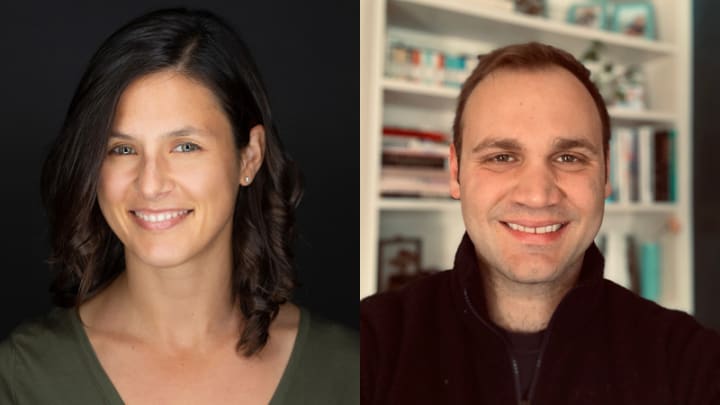
There’s palpable momentum around climate action in the United States and around the world. Consider this: Last month, U.S. federal judges heard arguments in a lawsuit filed by 21 youth against the U.S. government for not protecting young people from climate change. In 2018, the top U.S. Google searches included queries on climate phenomena ranging from the California wildfires, deadly hurricanes, and heatwaves.
Whether it’s the exacerbation of climate disasters or just the result of a smarter and more informed global population, it’s clear that individuals want to know what’s happening in their communities and how climate change will impact them and their neighbors. Environmental organizations in our sector are poised to inform, resource, and guide this wave of curiosity.
“It’s this tricky balance of really understanding core audiences and making sure we’re talking to the right group of people at the right time.”
— Matthew Whatley, director of digital channel strategy, TNC
This month on Behind the Handle, I spoke to Matthew Whatley and Lindsay Mineo at The Nature Conservancy on how they’re working to educate and inform a growing audience that is eager for knowledge about the natural world around them.
Going local
Whatley, director of digital channel strategy at TNC, oversees content strategy in a role that allows him to ideate and make decisions on everything from artwork to social media. The core of Whatley’s work is to drive a content-first approach to showcase the impact of the land and water conservation work TNC does across 50 U.S. states and 72 countries around the world.
On a basic level, Whatley shares that there is already a lot of conversation around environmental issues happening in the digital space. TNC wants to plug into those conversations in authentic and meaningful ways, but wants to also expand the existing dialogue at the most intimate levels of their work.
To do this, content creators across the organization have autonomy over hyperlocal content in the regions they work in, most prominently in newsletters that feature both relevant content from “their backyards” and global stories.
“It’s this tricky balance of really understanding core audiences and making sure we’re talking to the right group of people at the right time,” Whatley said. He added that mixing content in this way drives stronger engagement and shows the span of the organization’s work.
TNC is also intentional about participation in global awareness days beyond environment favorites — read: “Earth Day.” This year, participation in the International Day of Women and Girls in Science offered an opportunity to highlight female leaders and experts in the TNC community, including a feature on all-female controlled burn team that highlighted the important role of women managing lands with fire and fighting wildfires.

The case for good SEO
Mineo, search engine optimization specialist at TNC, was pleasantly surprised when she first saw an SEO specialist position at a nonprofit, a sector that typically does not “hire for SEO.” Her work spans across TNC but she works closely with the global digital team to identify and capitalize on why users are coming to TNC.
Get development’s most important headlines in your inbox every day.
Thanks for subscribing!
Over the past 10 months, she has worked to bring cohesion to TNC’s digital presence — which includes domestic and international domains and a Spanish language domain — by folding more content into the nature.org ecosystem to better serve its wider audience, gain control over how the organization’s content shows up on Google, and increase opportunities for discovery.
Through her work, Mineo also gathers intelligence for future investments: “We’re seeing a lot more people using their voices to search for things […] They want to ask a quick question and get a quick answer,” she shared. While voice search is less popular for complex questions in the environment space, Mineo thinks it won’t be long before it becomes more frequently used.
She advised development organizations to start thinking about how to reach users whose search behaviors are shifting.
Testing ground
For content creators, these types of unexpected discoveries and behavior changes aren’t just happening on Google search. The different platforms where TNC interacts with its audience are a constant testing ground and push the boundaries of the team’s storytelling abilities.
Speaking about Instagram’s move to emphasize Stories, Whatley and his team were required to approach content production through a new lens — one that favored less polished and behind-the-scenes content:
“I often tell our video team [now] that everything that’s on the cutting room floor for that video edit [they] just made, I want that. Because that’s what we’re going to use on our Instagram story,” said Whatley.
As TNC continues to cement its place in the greater environment discourse, Whatley emphasizes that what sets TNC apart is the hopeful optimistic mindset behind their work.
“In this political climate, people are trying to find ways [and] things that they can do to make an impact,” said Whatley. “And TNC is the kind of organization that is built to champion those types of things.”